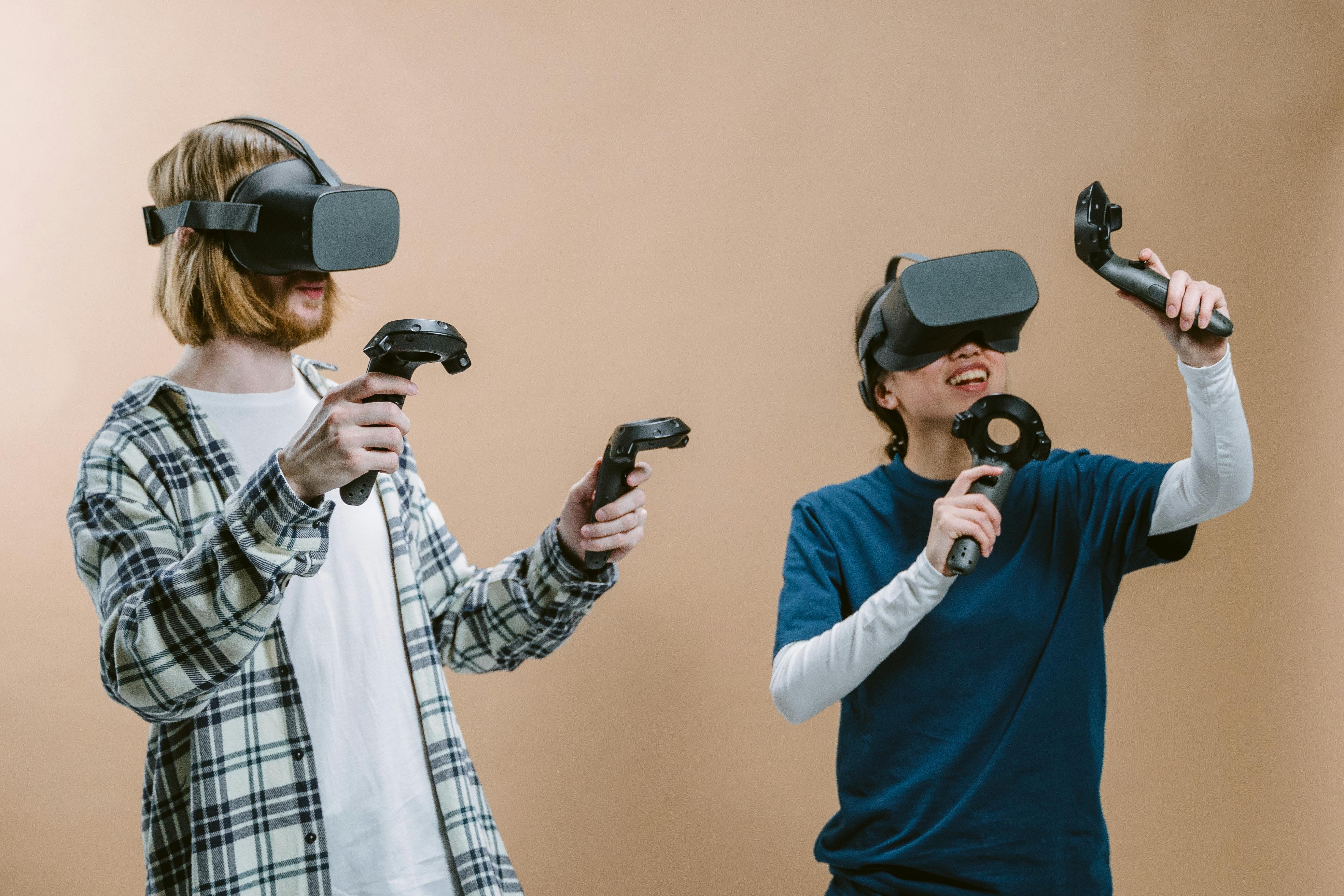Virtual reality (VR) has been gaining popularity in recent years as an innovative and engaging tool for teaching and learning. With the increasing accessibility of VR technology, it has become easier to incorporate it into classrooms, making education more interactive, immersive, and effective. That being said, it is time to explore the benefits of using virtual reality in classrooms and how it can contribute to successful global collaborations!
First, let’s take a look at this quick demonstration of virtual reality.
Now that we are familiar with what VR is, this is how it can be used effectively in the classroom.
Benefits of Using Virtual Reality in Classrooms
Interactivity
Virtual reality can enhance the teaching and learning experience by providing interactive and immersive experiences that can engage students on a deeper level. For instance, students can use VR to explore complex scientific concepts, historical events, or artistic works in a more interactive way. This can help students understand these concepts better and also make learning more fun and engaging.

Exploration
Virtual reality provides a unique opportunity for students to experience and explore different cultures and environments without physically traveling to those places. This can be particularly beneficial for students who come from underprivileged backgrounds and may not have the opportunity to travel abroad. With VR, students can visit historical landmarks, museums, and even attend virtual classes in other countries, which can help broaden their perspectives and understanding of different cultures.
Collaboration
Virtual reality can enable students to collaborate with peers from different parts of the world. With virtual reality platforms, students can engage in group projects, attend virtual conferences, and participate in cultural exchange programs. This can help build bridges between different communities and promote cross-cultural understanding. If high school biology taught us one thing, it is that biodiversity is essential in an ecosystem. Similarly, diverse collaboration is essential for fostering global collaborations.

Resourcefulness
Virtual reality can help bridge the gap between students who have access to advanced technologies and those who don’t. With VR, students from different parts of the world can access the same educational resources, regardless of their geographical location. This can help reduce educational disparities and provide students with equal opportunities to learn and grow.
Global Collaborations
Virtual reality has immense potential to contribute to successful global collaborations in the education sector. By enabling students to explore different cultures, collaborate with peers from different parts of the world, enhancing the learning experience, and reducing educational disparities, VR can help build a more connected and informed global community. As educators, it is essential to explore and incorporate VR technology in our classrooms to provide our students with a more enriched and engaging learning experience.

In conclusion, as virtual reality technology continues to evolve, it will undoubtedly play an increasingly important role in the education sector and in promoting cross-cultural collaboration and understanding.